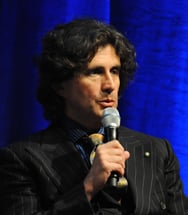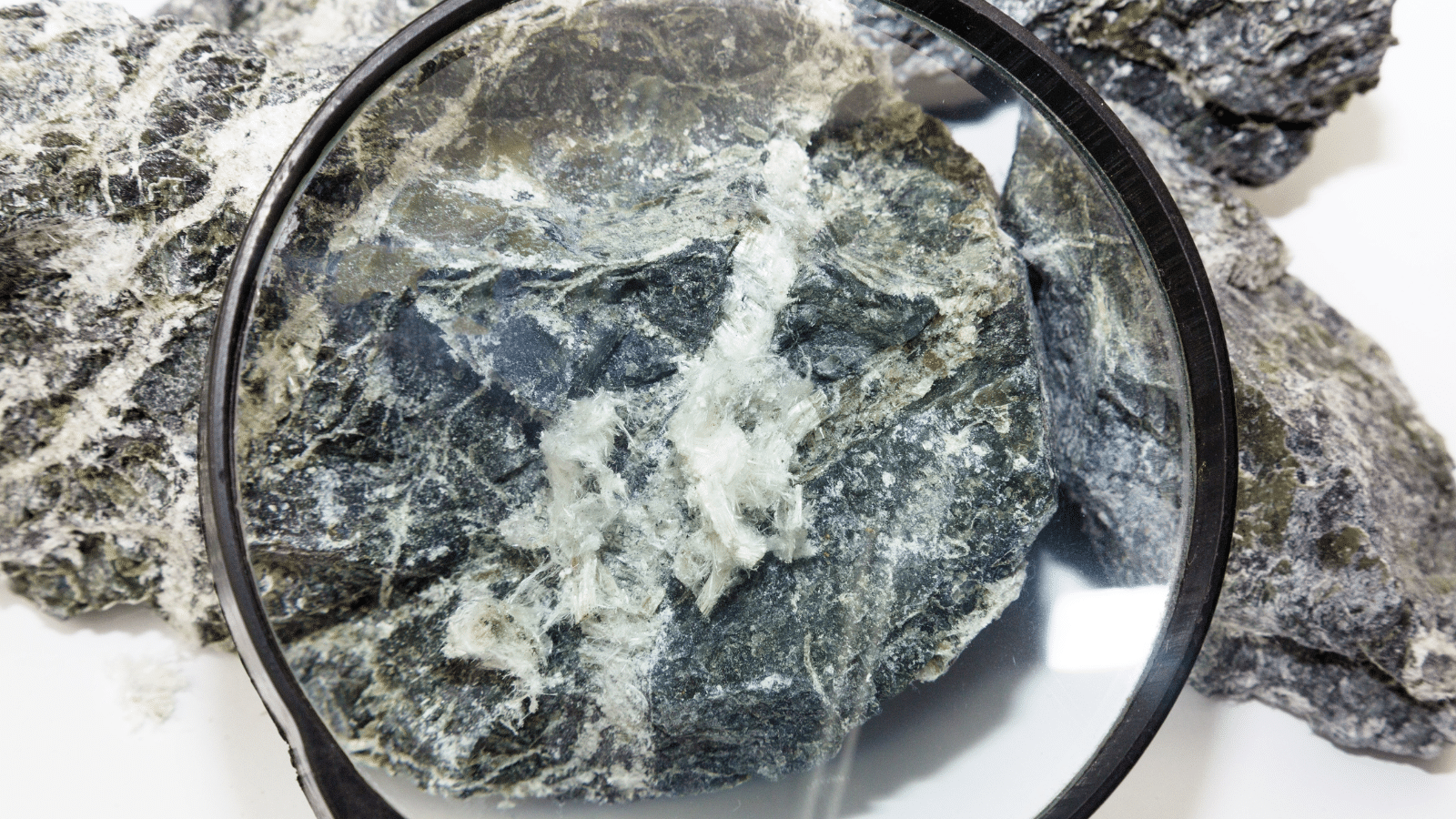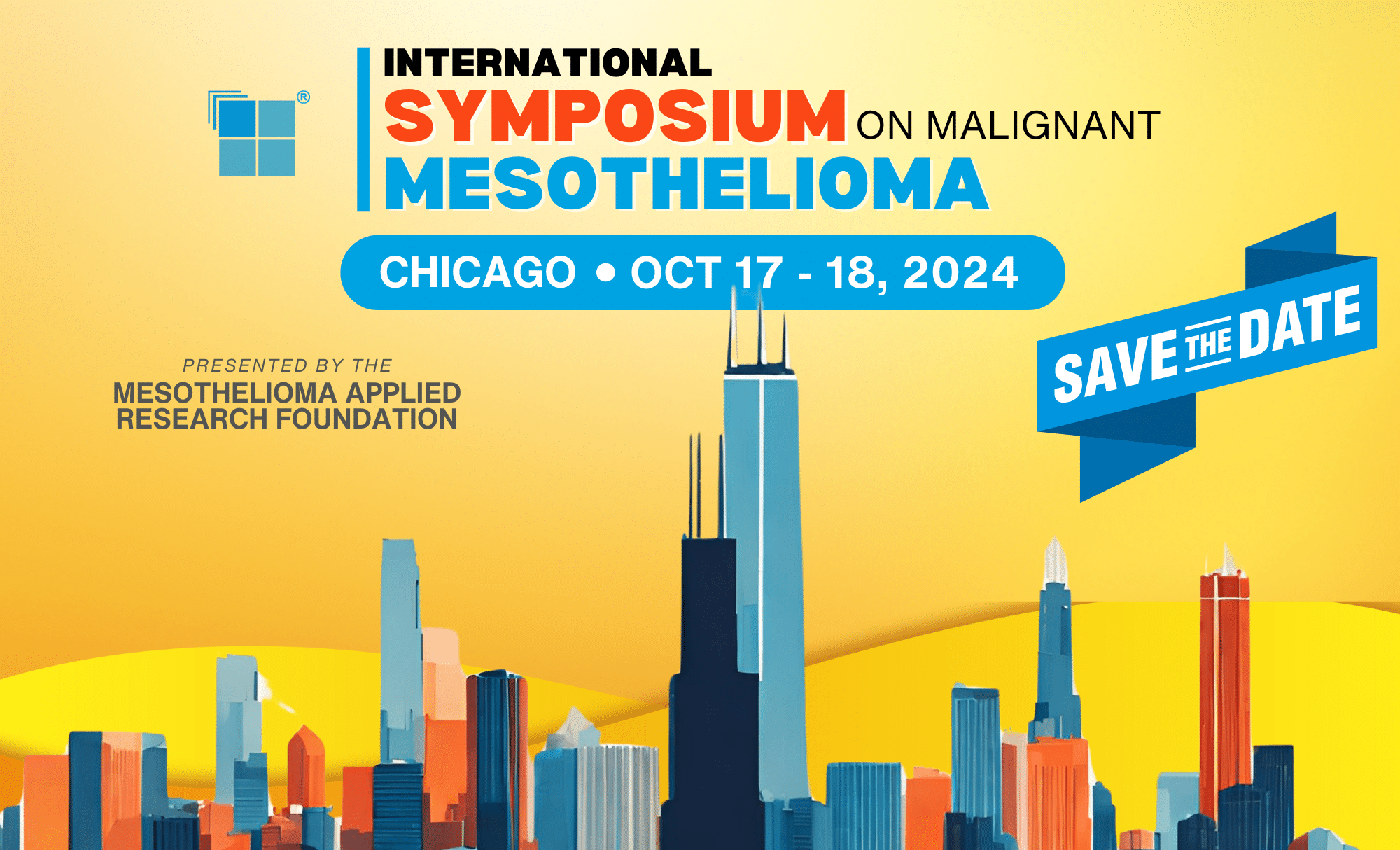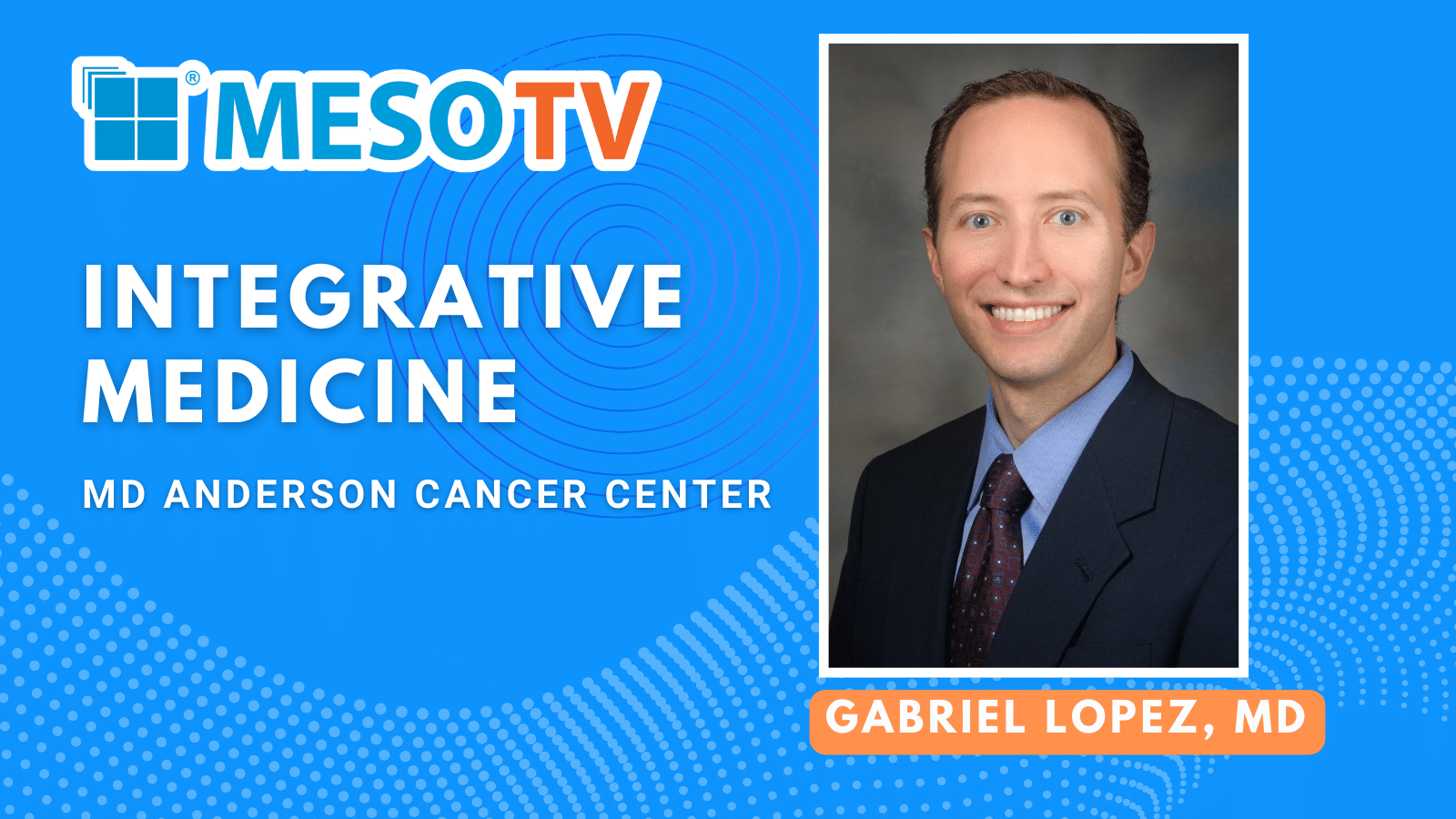This past week-end my friend Professor Izzettin Y Baris died in Turkey. Dr. Baris, as I called him, was one of the most exceptional individuals I had the privilege to meet. He made a real difference in the life of his patients, and he dedicated his life to improve the conditions of the cancer villages in Cappadocia: Karain, Sarihidir and Tuzkoy. What follows are few memories of my long association with him.
Dr. Baris invited me in November of 1997 to give the Keynote lecture at the Turkish Annual Lung Cancer Meeting. He was then the President of the Society and also the Director of Pulmonary Medicine at the University of Hacettepe, in Ankara. I told him, “Sure, I will come, but will you please take me to the Cancer villages? “
Baris had discovered in the 70s an epidemic of malignant mesothelioma in these villages where over 50% of all cancer deaths were–and still are–caused by mesothelioma. The “Major” of Karain had gone to Baris’ office complaining of an epidemic of tuberculosis that was decimating his village and medicines would not help those who were sick. When Baris visited the villages — 5 hours drive South of Ankara — and the patients, he realized that those people had instead mesothelioma. Thus, Baris discovered the most incredible cancer epidemic, or better epidemic, that has ever been described in medicine. No disease kills 50% of those who are exposed, even the infamous Spanish influenza, which killed “only” up to 20% of those that were exposed. Baris linked the epidemic to exposure to erionite, a type of mineral fiber more potent than asbestos in causing mesothelioma.
Baris expected me to be a senior old Professor; instead when we met, he was confronted with an athletic, long-haired, 37 year old “kid”, and he did not quite know what to make of me. We went to his office. Baris sat behind his desk. Dr. Luciano Mutti, a mesothelioma expert from Italy, Baris’ Assistant Professor Dr. Salih Emri, Dr. Umran Dogan, a mineralogist, a US reporter, Debbie Bookchin, and myself sat in front of him. As Baris was describing his experience of working with the villagers over the years, a man in his late 40s entered the room. The man kneeled, said something, Baris touched his head, the man kissed the hand of Dr. Baris, thanked Baris and walked out. We were speechless, and I asked what was that about? “He is one of my Associate Professors, he asked permission to leave at 4:30 pm for a family emergency and I said he could go,” was Baris’s reply.
That episode tells better than anything the world in which Baris lived. He was the Professor, a famous Professor, and those around him respected him, loved him and feared him: as one of his assistant professors told me, if Professor Baris says it’s raining, it’s raining, no matter if in fact sun is shining. Well, I had left Italy to go the US, because I did not like the “Herr” Professor attitude of the Italian Academia, how could I possibly go along with someone who appeared to represent exactly what I did not like of Italian Academia?
The next day we went to Karain, Tuzkoy and Sarihidir, Baris introduced me to the villagers, we saw several patients, a woman who was dying of mesothelioma in Tuzkoy, a man in Sarihidir. The patients had horrible pain, Turkish law allowed only patients to pick up prescription for morphine, they could not delegate family members. Patients were too sick to travel to the pharmacy, hours away, and so had no effective way to control pain. Thanks to Baris, we changed that, and convinced the Turkish Ministry of Health to modify the law so that patients could delegate family members to pick up medicines, including morphine.
Baris was very assertive, there was only one opinion, his opinion, and nobody could challenge it. I realized his Assistant Professor was right, if Baris says it rains, it rains. I could not stand that, and I argued with him about almost everything. I told him I did not buy his hypothesis that the epidemic was caused only by erionite exposure. It had to be something else in addition to erionite. He told me I was a fool.
I went back to America, assembled a team and studied the Cappadocia epidemic on my own, with the help of some locals I had met during my visit, and the “secret” help of some of Baris colleagues. In 2001, I published a paper in The Lancet in which I reported that susceptibility to mesothelioma was genetically transmitted, autosomal dominant. Before publishing the paper, as a courtesy, I sent a copy to Dr. Baris. Soon after I got an email from Baris, “I read your paper, I do not believe your data, I think your pedigrees [genealogies] are wrong, please send them to me I will double check myself.” I sent him the pedigrees. A few weeks later I got an email back from Baris: ”I checked, except for 2 minor mistakes the pedigrees are correct, therefore now I agree with you”. That was unexpected! I was totally wrong about this man, this old Professor had gone himself to the villages, spent weeks there, to check my data and now he was accepting a point of view diametrically different than his. It takes a special man to do so, a strong and, as Baris said, “honest man”, to change his mind because of the facts he is confronted with.
Soon after, I was invited again to speak at the Turkish lung cancer society, there was now a new President and Baris was retired from the University. I did not expect or plan to see Baris. The meeting was in Istanbul, and Baris was living in Ankara and was not on the speakers list. I had just started my presentation, several hundred people were in attendance, when Baris, unexpectedly, entered the room and started walking down the aisle. Dr. Baris is here! Everybody in the room stood up and turned around, the meeting organizer run up the aisle to escort Dr. Baris. I stopped talking: I have given speeches all over the world, I have never seen such an amount of respect. Baris walked down the aisle, sat straight in front of me, first row, and I resumed my talk. He had driven that morning all the way from Ankara to listen to my talk. My presentation had several slides of him, me and him at the villages, about his great work, etc. (see attached power point). He was pleased and walked out of the room as soon as I finished my speech and was surrounded by a crowd. I walked out too, and Isa Duru, the pharmacist who was born in Karain, a good friend of Dr. Baris who had travelled with him to Istanbul, and who would in subsequent years play an important role in our research in Cappadocia, came up to me and start arguing. Isa said that “there is no genetic cause of mesothelioma in Cappadocia, you are wrong. Some people have a weaker immune system and are more susceptible than others to erionite, this is why some families have more mesothelioma, but there is no genetic “defect”. I realized we were in agreement and I was just using the wrong words. I told Isa, you are right some people are more susceptible than others, maybe because their immune system is not as strong. Baris came up to us, pointing at me said “Isa, he is a honest man”, then he looked at me and said “Isa is a honest man. The 3 of us will work together”. And we did.
Now Baris allowed me to disagree with him, actually he seemed to enjoy it, he started studying genetics and we discussed for hours different hypotheses and possibilities. He told me he was retired, he had time available and he was going to work with me to find the mesothelioma gene to save “his” people from mesothelioma. Later he complained he was getting too old for it. Baris actually did not know the year he was born but during one of our long trips from Ankara to Cappadocia he estimated he had to be born sometimes in the late 1920s. He said I needed a younger collaborator, someone who had the energy he used to have: I told him I need another Baris, please find me someone like you and I will gladly work with him. “God lost the mold he used when he made me. He does no longer make people like me”. Laughing he told me that many times; I completely agreed, so I kept working with him.
I submitted – and won — a PO1 grant to the NCI to identify the mesothelioma gene and conduct some of the studies in Cappadocia, with Baris. Since he was retired and foreign, I had to include him in the grant as a “consultant”, and to “convince” the reviewers the collaboration was real I had to pay him. Baris had never charged a villager or a mesothelioma patients, he treated them for free, actually often gave them money to help them out and to buy medicines. So when I told him I was going to pay him he was upset. “How can I take money to help my own people? This is my own blood, these are Turkish people, how can I get paid by Americans to do my duty to my country? This is a shame!” I explained him that unless I put his time and effort on the grant and paid him, the reviewers would have never believed he actually worked on the grant with me and we would decrease the probabilities of winning the grant. “We are physicians, our duty is to help people, how can I charge to help someone who needs my help? Who are these reviewers? Don’t they have any honor or dignity?” and so on and on. Eventually we agreed that I would pay him $10,000 dollars and he would use the money to help the villagers. And he did! He paid to pave the road that brings to one of the mesothelioma villages, to repair schools and houses, to help patients, to buy medicines, he bought books and toys for kids, etc. etc. And he told me, many times “I hope God will forgive me for taking this money from you, this is a shame, but I am using all of it to help the villagers”. In fact he spent much more than we paid him to help the villagers! And he spent many more hours working in the villages then he ever charged to the grant.
Over dinner, under the stars of Cappadocia, we discussed the destiny of those kids who were being raised in these villages full of erionite, what a horrible destiny was ahead of them. We were in a restaurant near Sarihidir, next to the red river: they raise trout, and they will catch one in front of you and cook it. Delicious. It was Baris preferred restaurant. One guy at the table had a cousin who worked for the Ministry of Health, we decided to ask for an appointment with the Ministry and try to convince him to build a new village free of erionite. Thanks to the “cousin” we got an appointment for the following week. I postponed my return flight to the US and a week later I was in the Ministry of Health office together with Baris and with other 40 or so people all of them asking for different favors. We were 4th in line, and we had not prepared a speech, we knew what we wanted but we were totally unprepared. As we were summoned in front of the Ministry, Baris told me, you talk, you are a foreigner Professor and if you talk maybe he will listen to you more than to me. So Baris introduced me to the Minister – no idea what he said since he spoke in Turkish – and then he asked me to talk. I told the Ministry about the plague in the villages, about saving future generations from a horrible death from mesothelioma, and asked him to build a new village with brick and cement and move the villagers there so that they would not breathe erionite and would not get cancer (my hypothesis was that a combination of genetic predisposition and exposure to erionite caused mesothelioma, removing erionite should be sufficient to prevent mesothelioma). The Minister said only one word: Yes. He shook my hand and we were asked to leave as the next person in line had already come up to talk to the Ministry. We walked out of there thinking we had wasted our time.
When I came back a year later, Baris was all smiles, and they told me they had a surprise for me. A government blue jeep drove us to the villages, it was me, Baris, a Turkish journalist and a representative of the Ministry of Health. When we arrived in Tuzkoy the new village had been built: over 300 new homes. Today the villagers of Tuzkoy the largest of the mesothelioma villages enjoy living in the new homes, a few miles from “old” Tuzkoy but enough to protect them from erionite exposure. (See Carbone M et al., Nature Rev Cancer 2007, attached). Moreover, thanks to Dr. Murat Tuncer, then a Professor and now Rector at Hacettepe University and then Director of Cancer Control at the Turkish Ministry of Health, a clinic was built in Tuzkoy to help all villagers and especially mesothelioma patients (see attached power point – PowerPoint).
Some envious people criticized Baris and the government on Turkish National TV for having moved the village in too close proximity of “old” Tuzkoy, and so, they said, people are still exposed to erionite. Baris was disgusted, “Why people can only criticize and can never do something useful”? I told him not to worry we would have proven them wrong. So, with approval from Dr Tuncer, I invited to Cappadocia Aubrey Miller and his team from the Environmental Protection Agency (EPA) and in April of 2008 we spent 2 weeks sampling the air in Old Tuzkoy and new Tuzkoy and in other villages, to compare air concentrations. Baris and I published the paper in 2011 (Carbone M. et al., Proc Natl Aca Sci USA, attached) showing that by moving the village air concentrations had dropped by over 1000 folds, within ranges considered “background” exposure if those were asbestos fibers in the air in the US. In short, Baris’s persistence and the courageous support of the Turkish Ministry of Health had, by building a new village, almost completely eliminated erionite exposure, probably saving thousand of future lives to mesothelioma. All those kids who are now playing in the streets of Tuzkoy will probably never know that Baris and the Turkish government saved them from a horrible death.
And what about the gene? We found it, too. But because of the difficulty in studying DNAs from Turkey, we isolated it from members of US families who experience a similar high incidence of mesothelioma. The gene, called BAP1 causes a novel cancer syndrome, with very high prevalence of mesothelioma, eye melanoma, and other cancers (Carbone et al., Nat Rev Cancer 2013). However, by the time we discovered the gene, Dr. Baris was too ill to participate in the final stages of the research.
So when a couple of hours ago, I heard that Dr Baris died, I had mixed feelings, I was sorry he died and yet I was relieved he would no longer suffer. I lost a friend, the world lost a great man and a great physician. He loved his country and his people and he honored his country in every aspect of his life. Honor and duty to his country was what motivated him and made him drive 10 hours a day back and forth to the villages even when he was in his 80s. When he introduced someone to me he would –sometimes –add: “He is an honest man”. That was the greatest compliment from Baris, and it was not an easy compliment to earn. Dr. Baris was the most ”honest man” of us all.
Two papers co-authored with Dr. Baris:
Erionite exposure in North Dakota and Turkish villages with mesothelioma
A mesothelioma epidemic in Cappadocia: scientific developments and unexpected social outcomes
Photographs of Dr. Baris with Dr. Carbone
Michele Carbone, M.D., Ph.D. is a Professor of Pathology and the Director of the University of Hawaii Cancer Center, a National Cancer Institute designated Consortium Cancer Center affiliated to the University of Hawaii – Manoa.
He received his MD and Ph.D. from the Medical School of Rome “La Sapienza”. He is board certified in Anatomic Pathology in both, Italy and US. He came to the US in 1986 as a recipient of a Fogarty Fellow Award and worked in the Viral Pathogenesis section at the National Institutes of Health in Bethesda MD until 1994.
He moved to the University of Chicago in 1994 and in 1997 moved to the Cancer Center of the Loyola University of Chicago where he was a Professor of Pathology and the Director of Thoracic Oncology. In June of 2006, he left Loyola to join the University of Hawaii. Dr. Carbone has published over 150 peer-reviewed papers: most of them deal with the pathogenesis of mesothelioma.
Dr. Carbone has the honorary title of Knight of Italy that he received in 2003 for his achievements in Science and Medicine.






